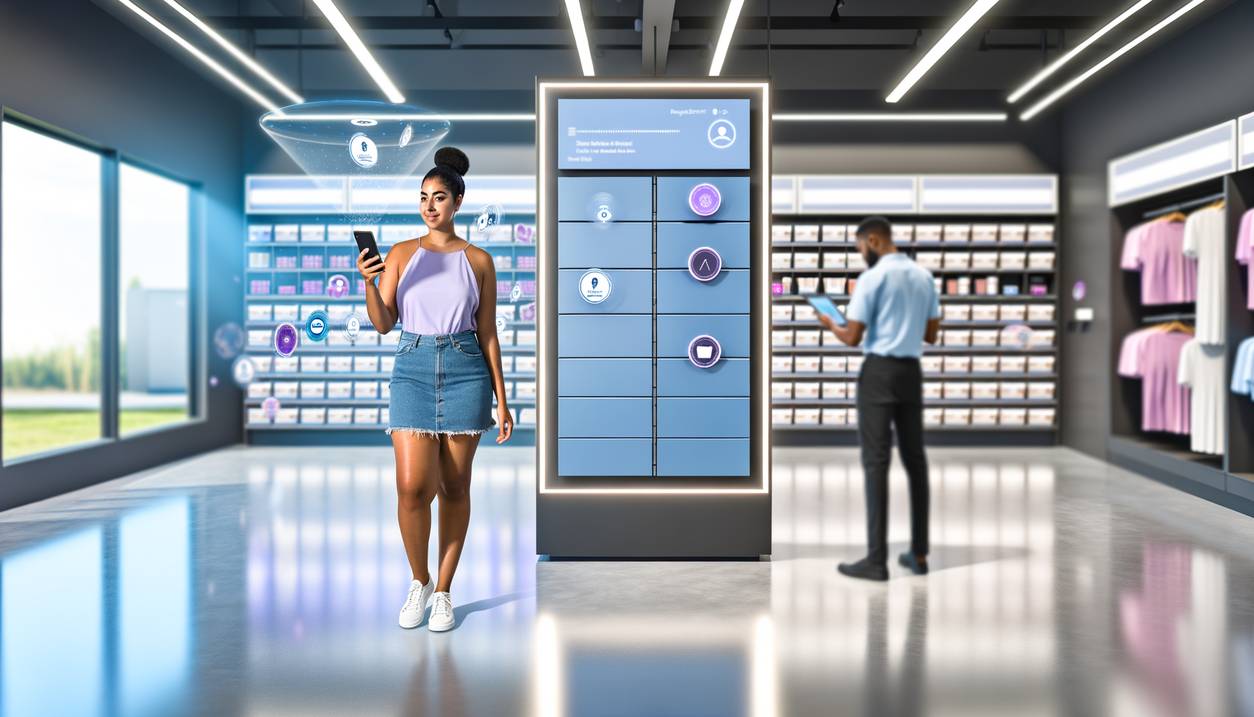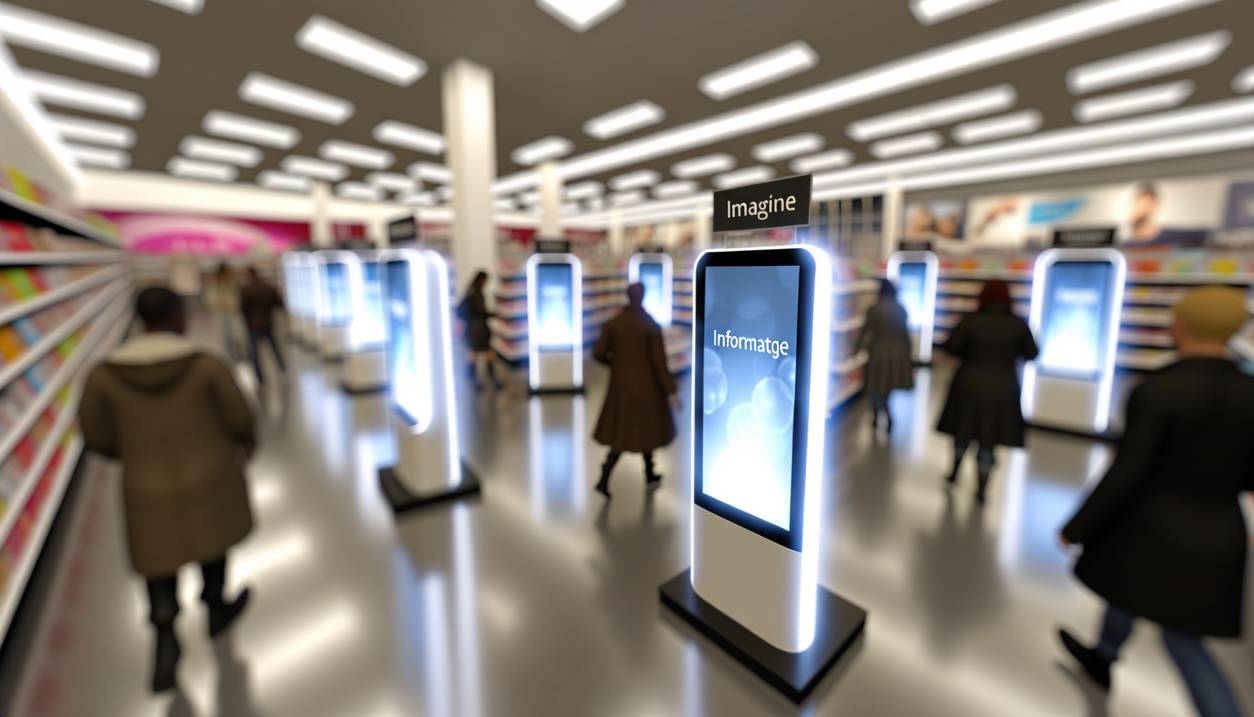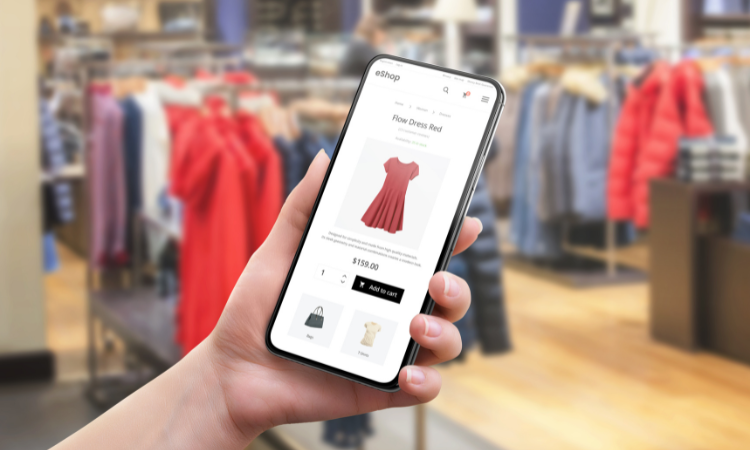Personalization in Retail: The Practical Impact

A clear look at how digital personalization in retail boosts customer experience, efficiency, and competitive growth, along with its real challenges.
The Evolution of Personalization in Retail
We’ve witnessed a steady transformation as technology reshapes retail. The market for digital solutions in our sector is expanding quickly, and most retailers have started incorporating advanced tools to improve how we serve customers. For us, pursuing personalization has been more than a technology trend, it’s a fundamental way to strengthen relationships with our customers and operate more efficiently.
Retailers today invest heavily to adapt, with new tools surfacing each year. The primary payoffs are clear: reduced operational costs, increased revenue, and stronger brands that stand out amid tough competition. I see tangible evidence weekly, a well-implemented personalization tool can create real value for both the business and our shoppers.
What Personalization Really Means in Practice
When we talk about digital transformation in retail, we aren’t just referring to new gadgets or one-off upgrades. We build intelligent workflows so that customers can find what they want more easily. This includes automated search features, real-time analytics, and the ability to adjust what we offer based on shopping habits. We also rely on practical technology like smart vending machines, automated customer support, and efficient inventory tracking.
One important tool is personalization within marketing. Our teams use customer data to tailor recommendations and campaigns. From virtual try-ons for clothes to dynamic pricing that matches market realities, technology lets us be precise in our messaging and offerings. What matters is not the complexity of the system, but how simply it fits into a shopper’s journey.
Some key technologies we deploy include language analysis to better understand customer feedback, image recognition for smoother product tagging, predictive tools for inventory, and virtual assistants ready to support at any moment. These resources aren’t about impressing with novelty, but removing friction from the experience.
Offering customers timely, relevant options helps them make decisions with less frustration and more satisfaction.
We constantly balance automation and the human touch, making sure that technology augments rather than replaces personal attention.
How Better Tech Leads to Better Experiences
Simple features have proven most impactful. For instance, when our product searches return more relevant choices quickly, customers find what they want and come back. I’ve seen how tailored ads and messaging, delivered at the right moment, can improve both engagement and conversion rates. Unified experiences, whether online, in-store, or in an app, also build trust over time.
Additional benefits of these efforts include around-the-clock support, proactive issue management, and the ability to anticipate needs based on seasonal spending patterns. We’ve found that responding to customers’ preferences in real time isn’t just a convenience; it removes barriers to purchasing and increases loyalty. In particular, virtual and voice assistants are making shopping simpler for those who want to interact on their own terms.

It only takes a few failed searches or impersonal offers to lose a shopper. By focusing on personalization, we’re able to reduce that risk and make sure every touchpoint adds value.
Learning from Practical Examples and Measuring Benefits
Brands like Amazon, Starbucks, and Sephora have set widely noted examples by integrating advanced personalization. For us, the lesson is straightforward: using data and automation, we can replicate the kind of one-to-one experience that used to be possible only in a small shop. For instance, a well-working loyalty program, powered by individual data, increases not just engagement but also overall sales.
Our day-to-day focus is on results. When customers receive meaningful recommendations and useful rewards, they purchase more, return more often, and develop a steady relationship with the brand. Consistency, across email, mobile, and in-store, cements this engagement. On the operational side, automation streamlines picking, packing, and delivery, which saves time and money.
There are drawbacks. Privacy and data security are serious concerns, and we treat these as non-negotiable priorities. Data quality must be high; bad data leads to poor experiences. Integrating new technology isn’t always smooth and can require investment and updates to legacy systems. Transparency also matters, we work to understand and explain how decisions are being made, especially when algorithms are involved.
Not every retailer has the same resources. Small businesses face bigger challenges with cost and infrastructure, but as these solutions become more accessible, I expect more will benefit from the shift. Skills gaps remain, so ongoing training and responsible hiring are part of our roadmap.
Looking ahead, I see opportunities in virtual shopping, smarter pricing, and even more seamless connections between channels, blurring the line between offline and online. Automation and personalization combined will help us create unique offers, reward programs, and product designs that keep pace with new customer expectations.
Ultimately, what matters is that our technology choices lead to simpler, more enjoyable shopping for everyone. The pace of change means we can’t stand still, but by staying grounded in real-world results, we ensure each new tool improves the everyday experiences that matter most to our customers and our business.
more Insights

How Real-Time Personalization Boosts Retail Loyalty
Retail & e-Commerce
July 23, 2025

Omnichannel 2025: Seamless Customer Journey is a MUST
Retail & e-Commerce
October 8, 2025

Unlock Full-Stack Development with GitHub Spark
Technology
July 24, 2025

Break Down Silos and Build Seamless Omnichannel Customer Experiences
Retail & e-Commerce
July 22, 2025
exclusive platform
AI Omni Agent
Coming soon
Currently in beta. Soon available to all SMEs looking to 10x their output. Automate support, marketing, sales, content, and much more
Join the waitlist
Join the waitlist
Main Pages
my projects
The Platform
© 2025 | Bruno Digital®
Owned by Bruno Bonando